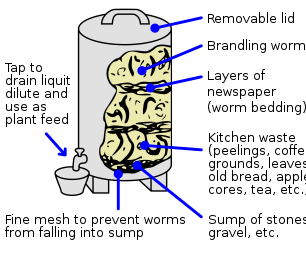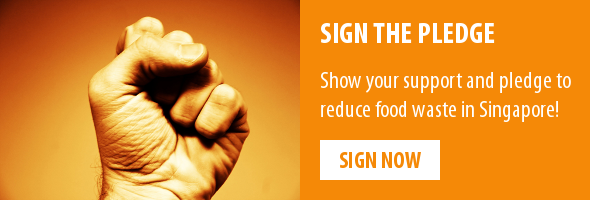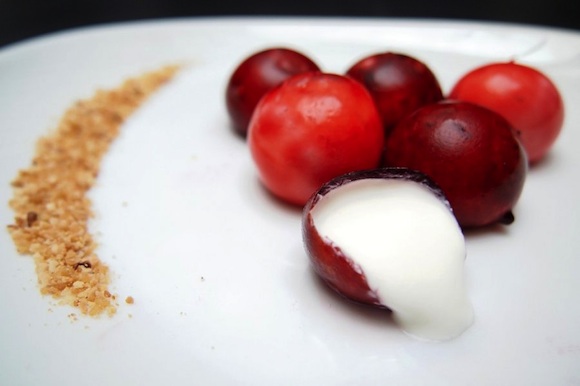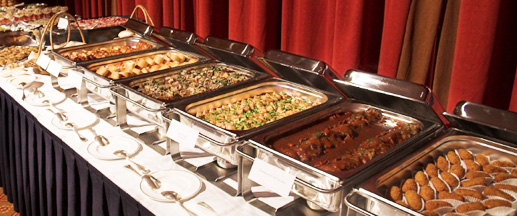Hello there! Thank you again for reading this blog! I hope it has given you some new insights! :) Today, I will be discussing where the root cause of the problem of food waste is at, and some possible approaches the people and governments can take. Do read on!
Like all problems, the question is who is to be blamed? I came across this journal article by
Göbel et al. (2015) that suggested that looked at the supply side of food waste instead of the consumption side. The journal suggested that the reason for excessive food waste could be spread through the entire food supply chain, and may not be Göbel based the conclusions off research on Germany's ( a developed nation's) food supply chain which can be modeled to many other developed nations.
Given the increase in world population as well as rising affluence, people are demanding more food and a greater variety of them. This then puts pressure on suppliers for more sustainable farming. As was previously mentioned, food wastage is also a waste of natural
resources such as land, energy or water. It also contributes to unnecessary CO2 emissions. The effects
of anthropogenic induced environmental impact and climate change threaten the livelihood of future
generations.
__ identified a number of reasons for the wastage of food, below are some of them.
1) Process- and Market-Induced Standards Quality Requirements
It was concluded that marketing/retailer product quality standards as well as product
specifications were the main causes of food waste. I mean as a consumer myself I understand the attraction towards optically attractive products, this is especially true for fresh produce like fruits and vegetables. One's minds automatically correlate good-looking fresh products to higher nutritional value and better taste. Unfortunately, that is not true. Because consumers prize cosmetic value when choosing fresh produce, retailers carry out strict quality control. They pick and market those visually appealing ones and throw out the those that are not. Even when there is nothing else that is wrong with the vegetable. This results in so much waste.
Interestingly, when supply is
sufficient even products with minor defects are rejected (with reference to standards) whereas
in situations of reduced supply, products which would normally not be acceptable are accepted. This shows that the standards of quality are set largely by the demands and preferences of consumers and not actual nutritional values. This shows the huge loophole which results in so much food wastage. On top of that, there are already strict regulations on the quality of food products especially on processed food and meat. Many times, products are discarded because of health risks resulting from low quality or nutritional value.
Solution? Göbel also suggested that direct marketing may help ease the problem. This is because it involves fewer
middle-men between grower and consumer, and so there are fewer quality checks, fewer restrictions on
quality and less transport which might damage food.
2) Market Convention
The determination of best-by dates. These properties do not necessarily say anything about the microbiological shelf life of
a product, and products must not be disposed of at the end of the bestby dates. Often, the
best-by date is often interpreted as an indicator of freshness, when in actual fact, the dates are often determined more
by marketing than by product requirements. Thus customers tend to choose products with the
longest best-by dates to obtain the freshest products, leaving those with earlier best-by dates on the shelves until they eventually expire. These expired food may sometimes be donated to the underprivileged, but not always. They may then be disposed of.
3) Availability of Food.
Due to strong price competition in saturated markets. There is price dumping between dealers, leading to low food prices. This is the reason why people in industrialized countries can afford to waste food It might be concluded that loss of food can be compensated quickly and inexpensively. A key reason for the loss along the entire food chain is the high expectation of constant availability of a broad range of fresh products. People do not appreciate or value the food items as much, thus are more willing to waste food.
4) Technology
Especially in the case of processed food and diary products, sometimes the machine malfunctions and the entire batch of food has to be thrown out. Resulting in humongous wastage.
Göbel also proposes a few solutions to these problems. Namely, to enhance processing and transportation, as well as food management. She also noted that regulations for structures and rules regarding best-by dates and labels should be standardised to avoid complications. It would also help if people were taught to appreciate food more.
References:
Göbel, C., Langen,
N., Blumenthal, A., Teitscheid, P., & Ritter, G. (2015). Cutting Food Waste
through Cooperation along the Food Supply Chain.Sustainability, 7(2),
1429-1445. http://dx.doi.org.libproxy1.nus.edu.sg/10.3390/su7021429























